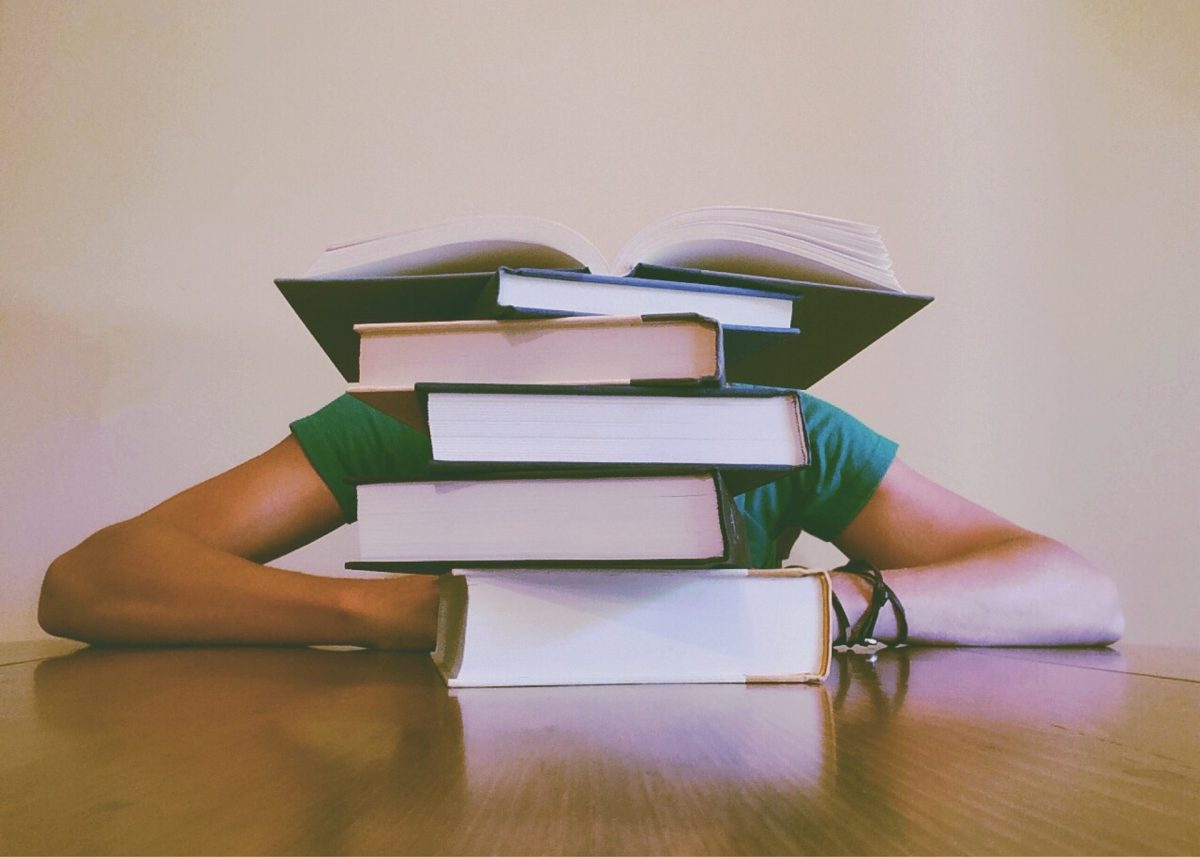The University Library has recently purchased a map titled Coming Home Indigenous Place Names in Canada. Located on Archer Library’s main floor by the elevators, the intention of the map is to create respect for Indigenous homelands and sovereignties, and a feeling for and understanding of the place names across Canada, shared by permission of First Nations, Métis, and Inuit communities and people.
Meet the Staff: Brad Doerksen
Brad Doerksen has been a librarian with the Archer Library for three years. His first role here was as a copyright librarian, but he now serves as our Student Success Librarian. Away from the library, Brad enjoys puzzles, canoeing, and cycling.

Who are your favourite writers?
J.R.R Tolkien, G.K. Chesterton, Stephen Lawhead, George Marsden, Nigel Tranter
Which talent would you most like to have?
To be fluently multi-lingual.
Where would you most like to live?
On semi-deserted island where the temperature is always between 12 and 17 degrees Celsius that has good waterways, nice bike paths, and an abundance of naturally occurring produce.
What is your most treasured possession?
A bible that my grandfather gave me that he in turn received from his grandfather.
What is your motto or favourite quote?
“Such is oft the course of deeds that move the wheels of the world: small hands do them because they must, while the eyes of the great are elsewhere.” – J.R.R. Tolkien
What’s one powerful piece of advice for living a fulfilling life?
Never stop learning. Especially in areas you think you have things figured out.
Black History Month

The Archer Library’s new hall display celebrates Black History Month. Featured are selected resources on black history in Canada and the experiences of black Canadians.

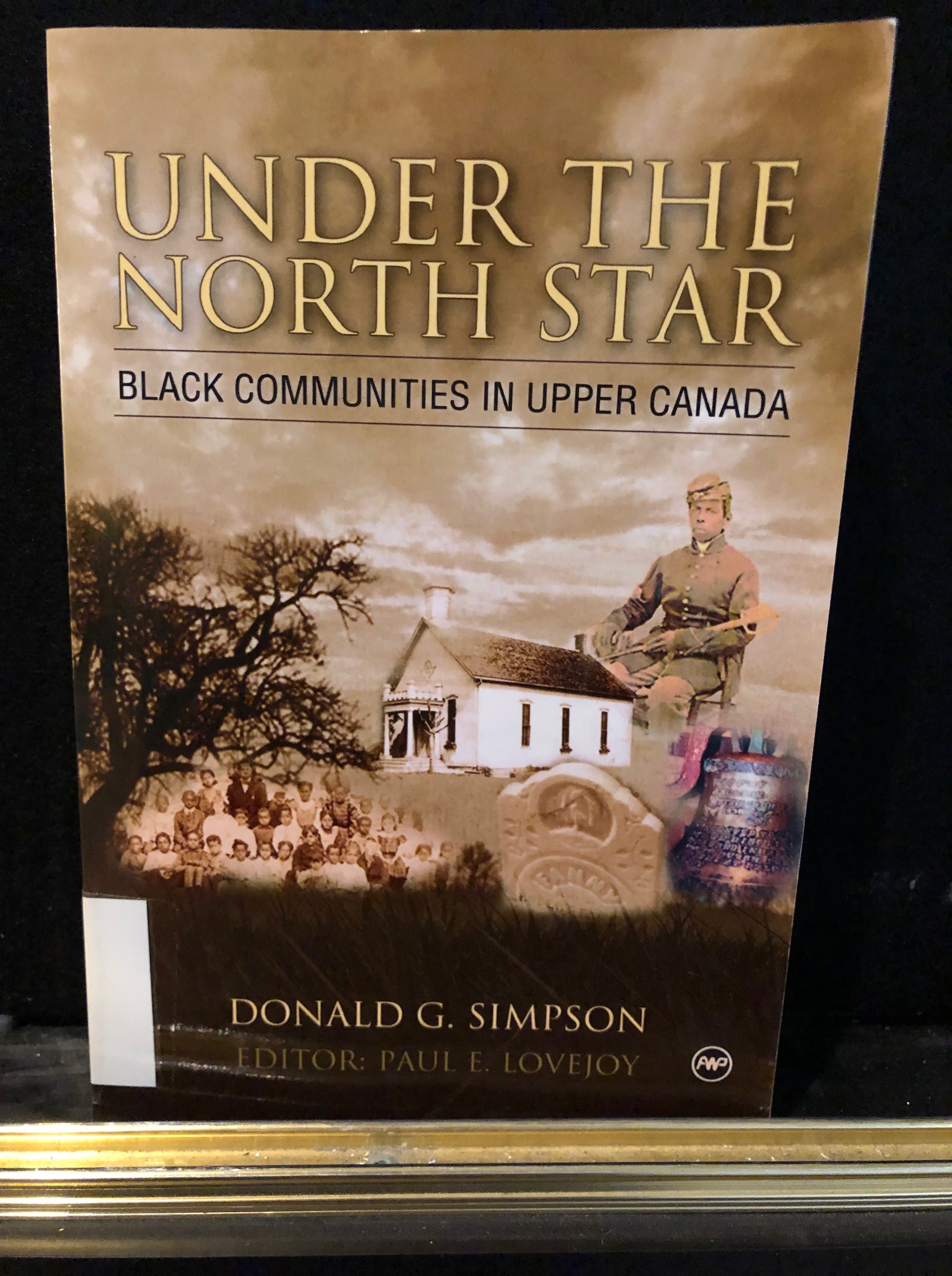
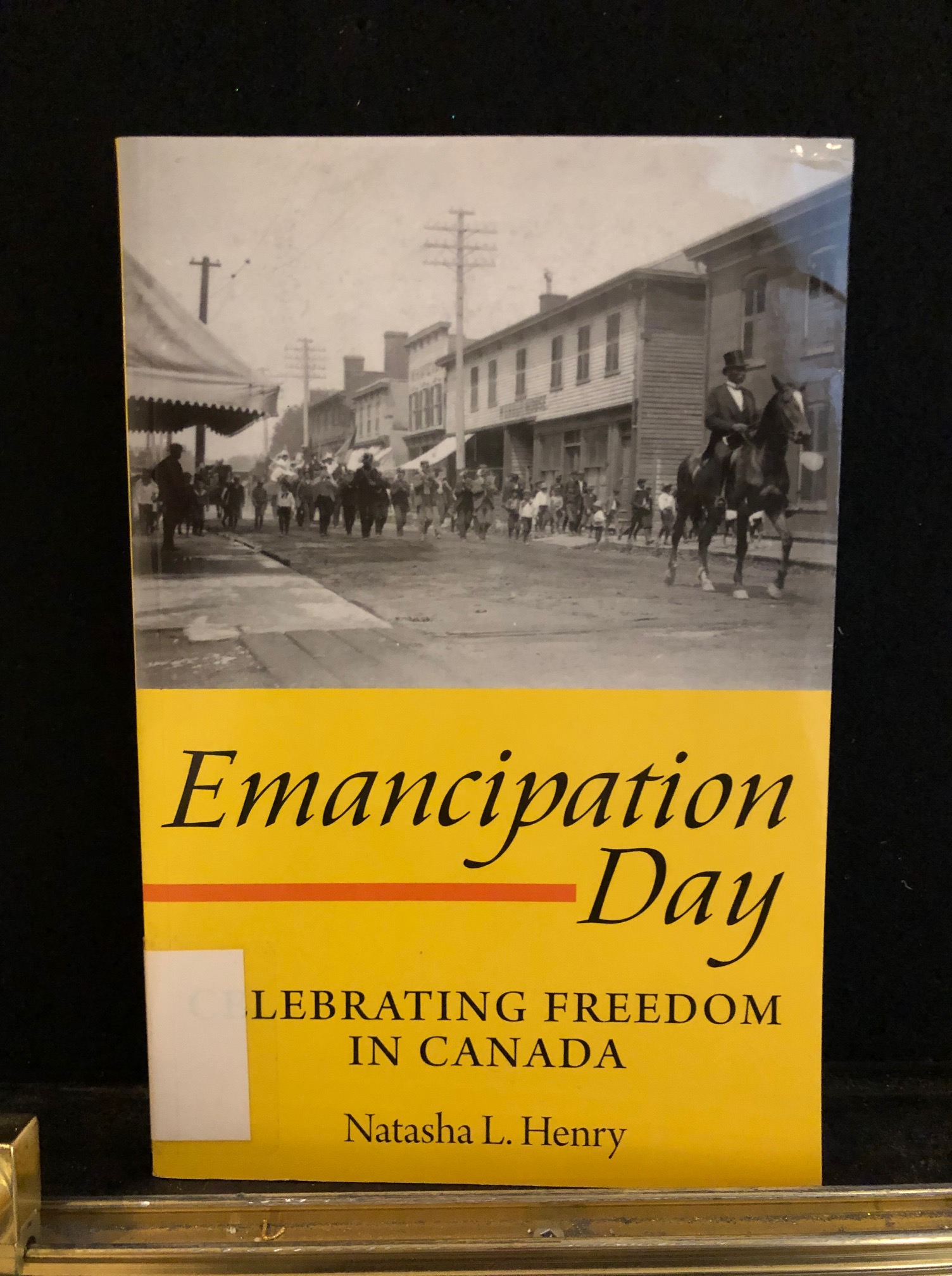
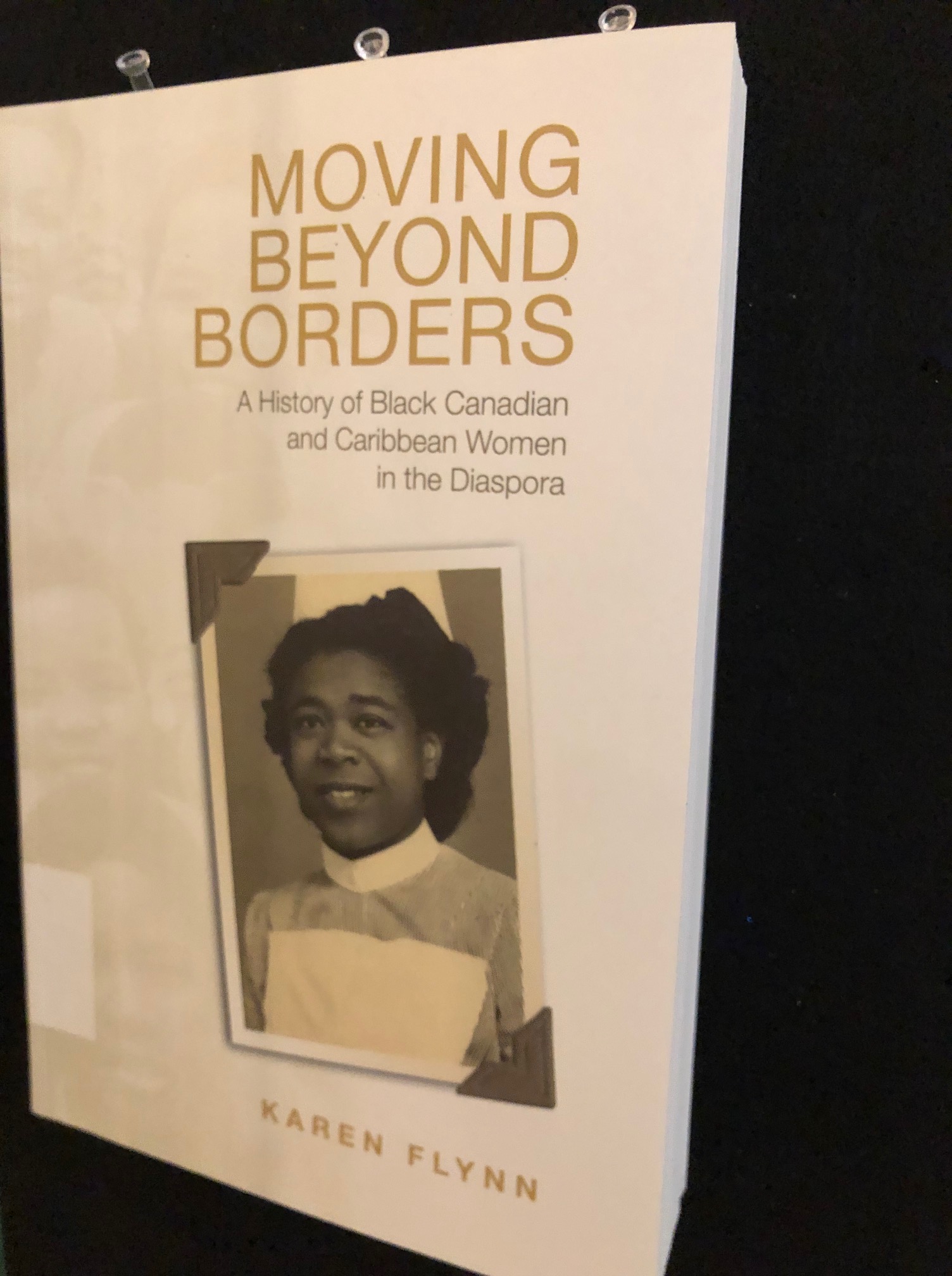
Additional resources on this subject – including books, articles, videos, music, and children’s literature – can be found by searching in Quick Find.
You may also want to check out some of our databases which index materials on black history, culture, art, and drama.
As always, library staff and librarians are happy to help you with finding material on this, or any, topic. Visit or contact the staff at the Help Desk for more information!
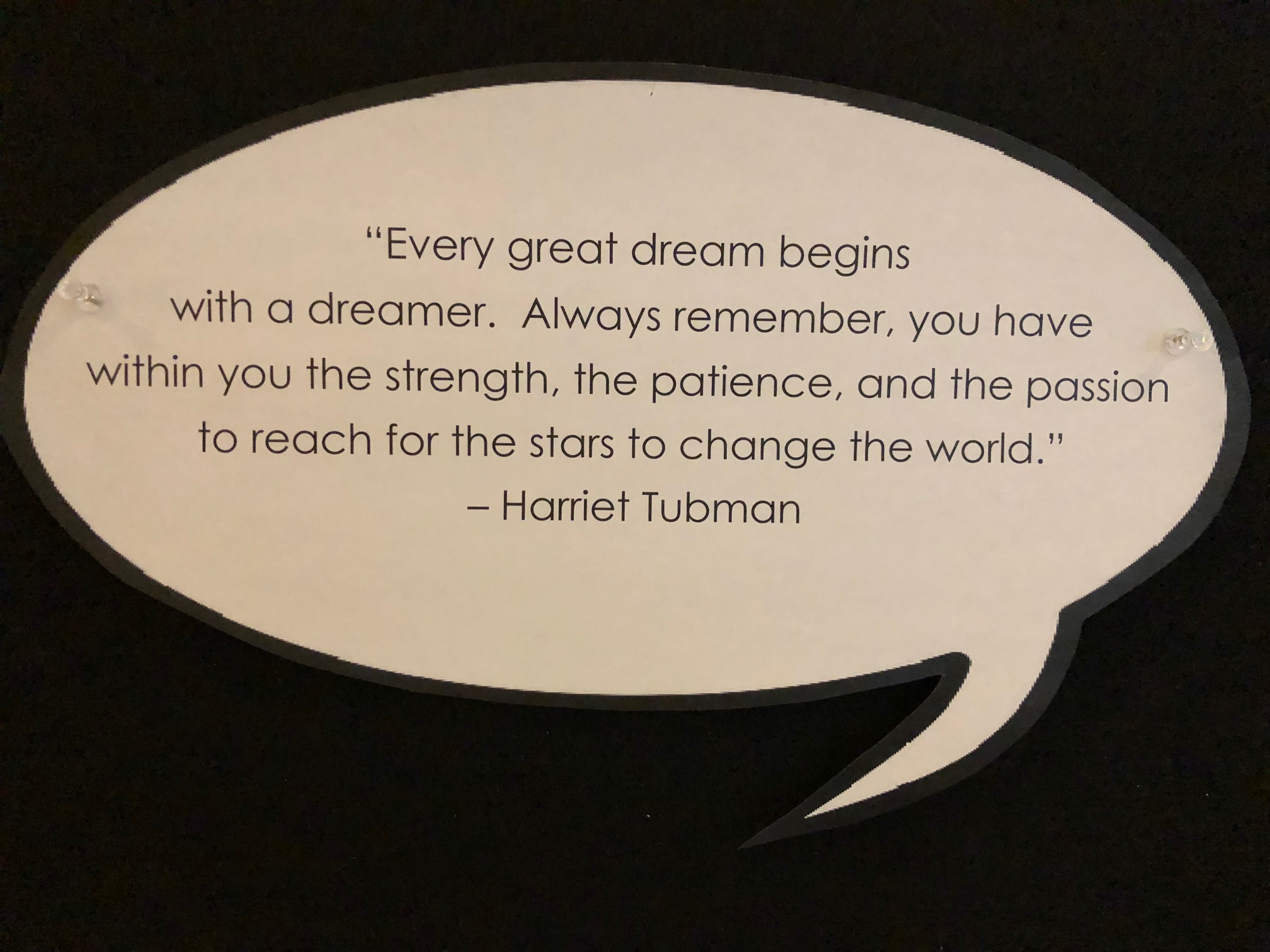
Views From the Library – Tiny Tree Stump Library!
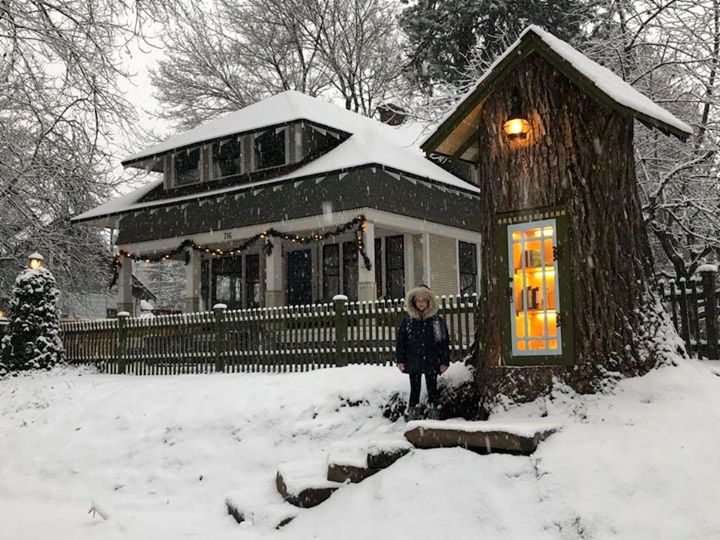
The University of Regina Library, aka Archer Library, is proud to work with three other libraries on campus through the Federated Colleges: Luther Library, Campion Library, and the First Nations University of Canada Library. Students, staff and faculty are able to utilize services in all of the libraries across campus.
Around the world, libraries come in all shapes and sizes. You’ve probably heard of Tiny Libraries, Community Libraries or Little Free Libraries: an individual or a neighbourhood sets up a little post-box style shelter where folks can come and “borrow” books that people voluntarily place in the box. They serve many purposes (some are even set up as food banks), but perhaps the most exciting are that they a) Promote community involvement, sharing and giving b) They provide reading material to those who may have difficulty accessing their local library and c) They’re fun!
They’ve popped up across the world, and you may even have seen some in our fair province!
Featured above is an amazing tiny library that a librarian built in an old tree stump! Check out the following link (also the photo credit) to read about this amazing little library. https://mymodernmet.com/little-free-library-tree-stump/
Meet the Staff: Corina van den Berg
Corina is another of the friendly faces you see at the Help Desk. She has been a Library User Services Assistant since January of 2015 (happy 4th anniversary, Corina!) and has become known for her wonderful laugh and passion for sharing her knowledge about library research.
Away from work, Corina has many varied interests: cycling, ancestry research, traveling the country with her husband and dog, hiking, listening to CBC radio, Netflix binge watching, and singing with the U of R Concert Choir.

What’s the one book you suggest everyone read? Why?
“A fine balance” by Mistry Rohinton, if you enjoy novels with many characters that are being followed for several decades. When I was reading this book it reminded me of the British television series “The Jewel in the Crown”. This tv series is based on the Raj Quartet novels by Paul Scott. Since reading gives you the opportunity to travel in your mind, I wish you a good journey to India’s 20th century history.
Who are your favourite writers?
Lindsey Davis (Falco Mysteries), Louise Penny, Richard Adams, Heather O’Neill, Maya Angelou, John Irving, and my all-time favourite, Astrid Lindgren.
Which person – living or dead – do you most admire?
Vincent van Gogh, because of this:
Early last year, I was in the Netherlands and had the opportunity to visit the exhibition Inspiration from Japan. And in a letter to his brother Theo van Gogh he writes: “And we wouldn’t be able to study Japanese art, it seems to me, without becoming much happier and more cheerful, and it makes us return to nature, despite our education and our work in a world of convention.” If you ever visit Amsterdam you should make an effort to visit the Vincent van Gogh Museum.
What do you consider your greatest achievement?
My greatest achievement is moving from the Netherlands to Canada. In addition to an achievement it can also be viewed as a miracle since my ancestry records on my paternal side show that my ancestors have been living in the city of Leiden (Netherlands) since the 16th century!
What is your motto or favourite quote?
“I’ve learned that people will forget what you said, people will forget what you did, but people will never forget how you made them feel.” Maya Angelou
Town halls and Trudeau in the University of Regina Library Collection…
As you have likely heard, the University of Regina will be the location for the public town hall with Prime Minister Justin Trudeau on Thursday, January 10th, 2019.

It seems like the perfect occasion for us to highlight the following titles from the University of Regina library collection:
Town halls of Canada: a collection of essays on pre-1930 town hall buildings by Marc de Caraffe
Justin Trudeau: the natural heir by Huguette Young
Common Ground by Justin Trudeau
Maggie & Pierre: a fantasy of love, politics, and the media (a play) by Linda Griffiths and Paul Thompson
Beyond reason by Margaret Trudeau
If you are interested in finding more resources about Canadian politics or politics in general, check out our Political Science Research Guide.
Season’s Greetings from Archer Library
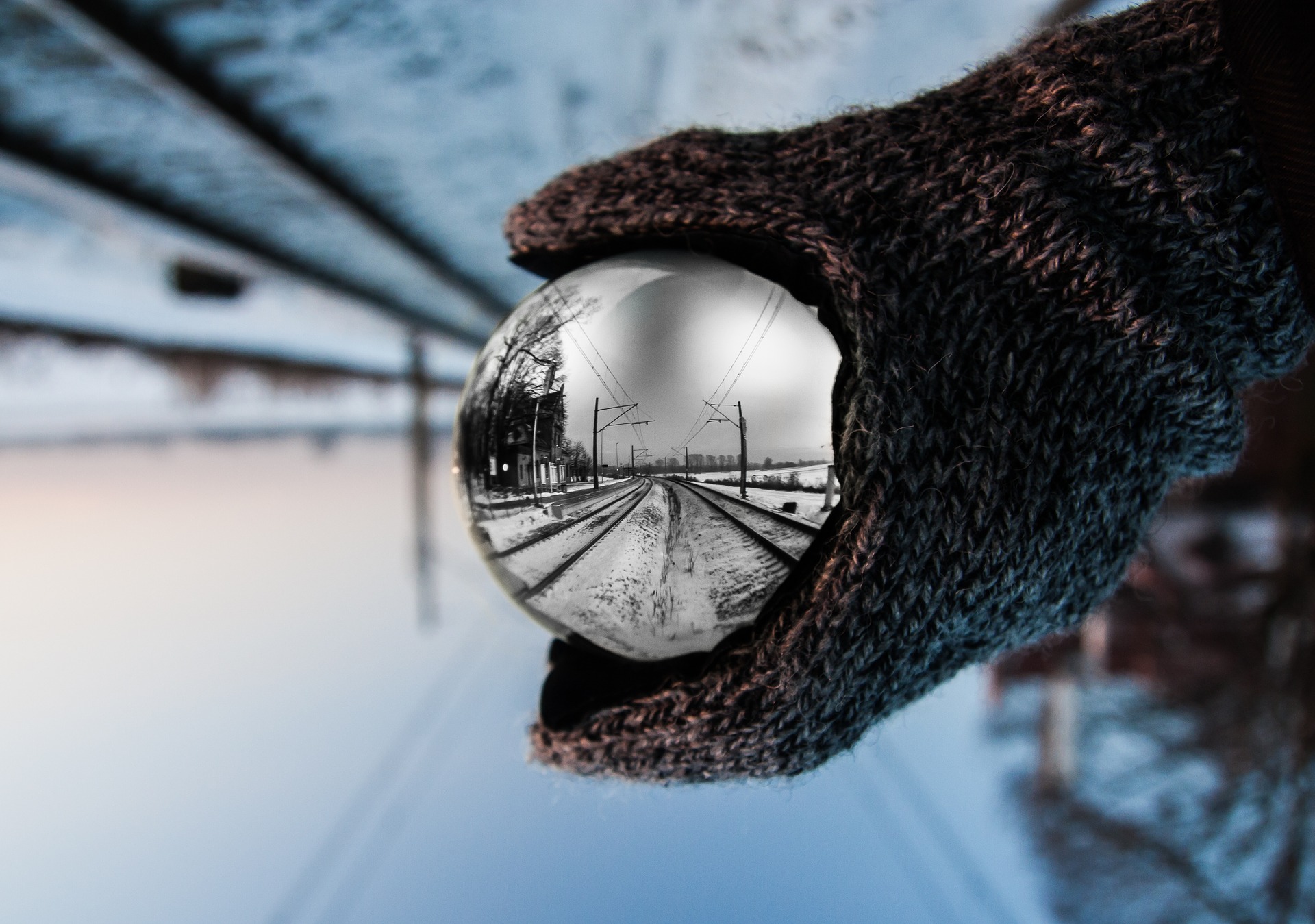
Read below tweet if you are wondering what “we” are doing while the Archer Library is closed.
Views From the Library – Snow much fun!

Archer Library’s External Communications and Promotions team and the friendly front desk staff have been busy adding a little holiday cheer to the library. Take a few moments to rest from stressful studying and check out the decorations! “Snow is Falling – Books are Calling” can be found on the main floor of Archer, outside of Archives. We hope our friendly snow people add a little warmth to your day!
Archway Winter Exhibition
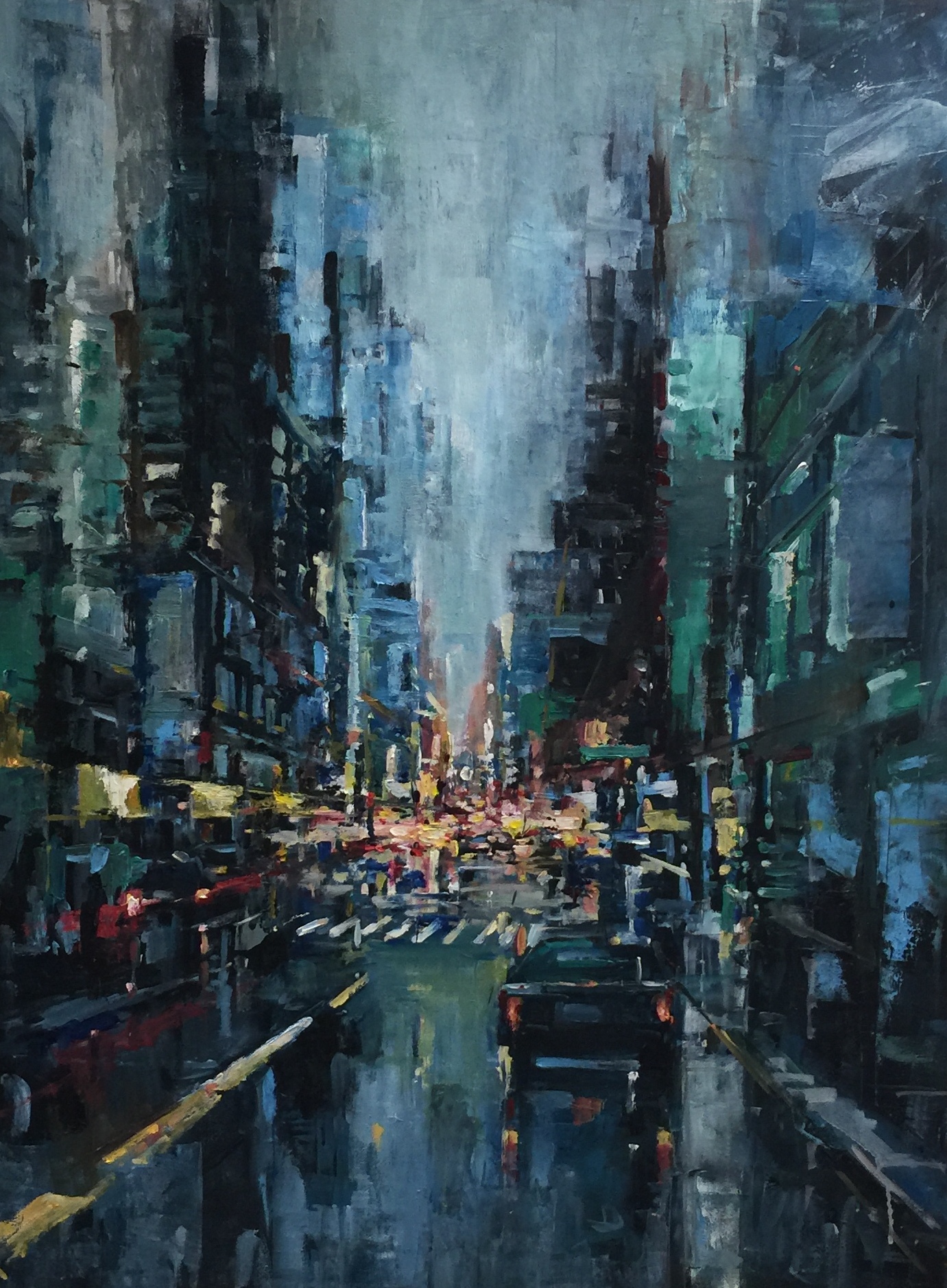
Jingyu Zhang, Untitled
The Archway Exhibition Space is still accepting artwork for their Winter 2019 exhibition. The Archway accepts both student artwork and alumni artwork throughout the year during our three scheduled exhibitions.
If you are interested in having your work displayed please visit our page and fill out our quick submission form: https://www.uregina.ca/library/about_contact/art-gallery/form.html
Feeling stressed during exams?
Take a moment and congratulate yourself on making it this far. Final exams can be a stressful time so drop by the Archer Alcove in the library for a coffee at our new machine and a game of Jenga, or whatever activity you find stress relieving. You can also get your free cup of java in your own mug outside the Library, courtesy of UR Sustainability and Chartwells.
It is important to find ways to manage the stress that comes with the pressures of exams and end of term deadlines, including finding time to relax (maybe watching a movie) and planning your study times (maybe taking advantage of the Library’s extended hours). And remember, when your usual stress relieving tactics don’t seem to be working, you can seek out help at Counselling Services at 306-585-4491.

